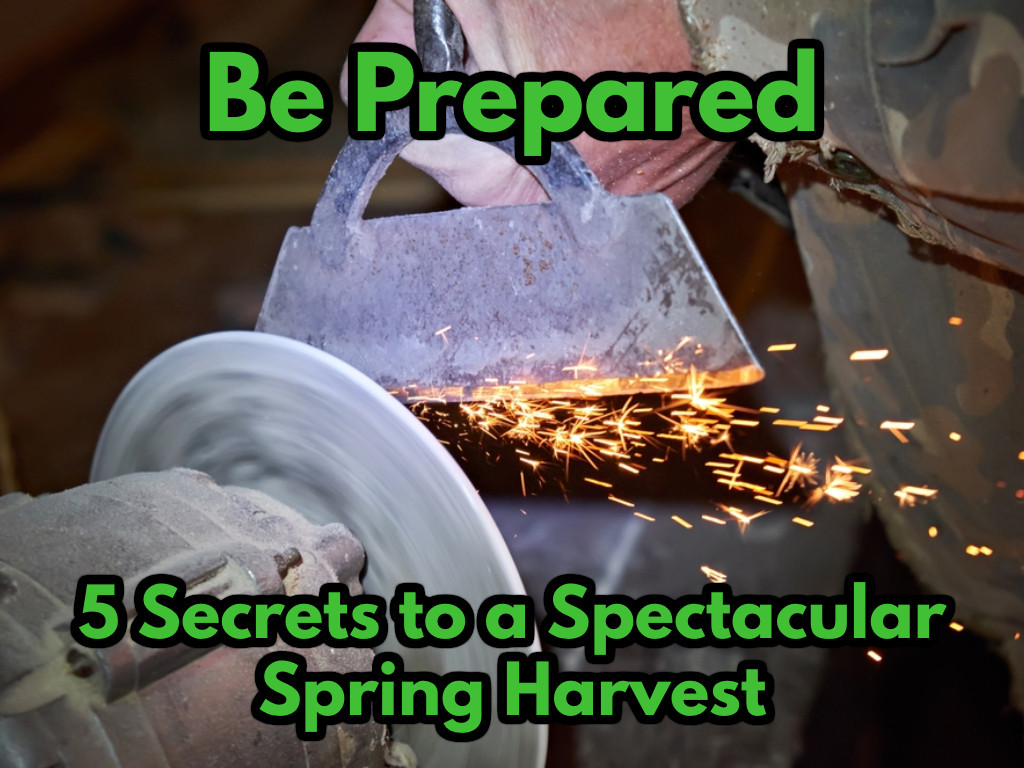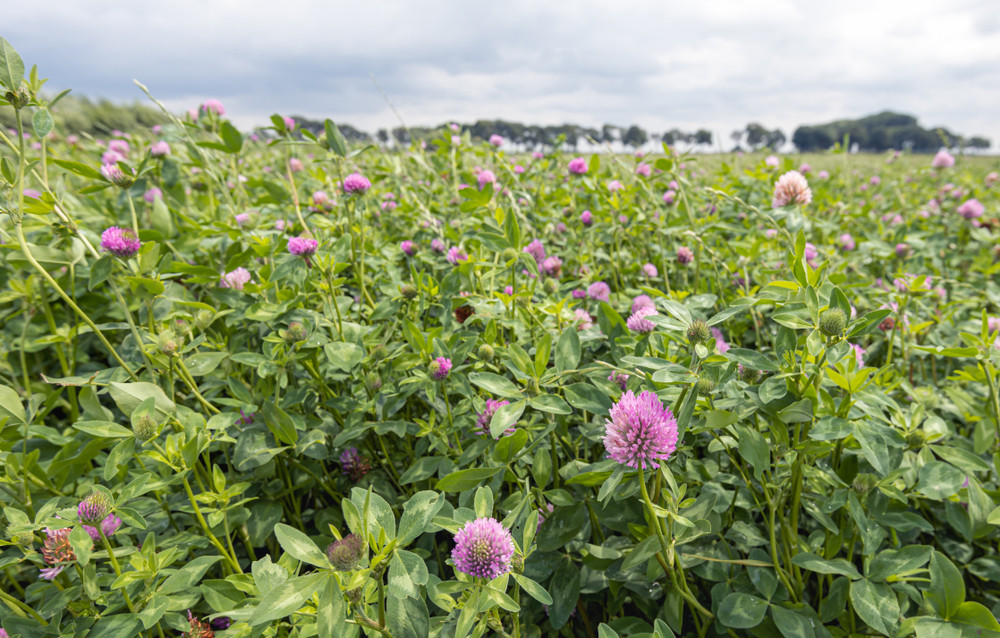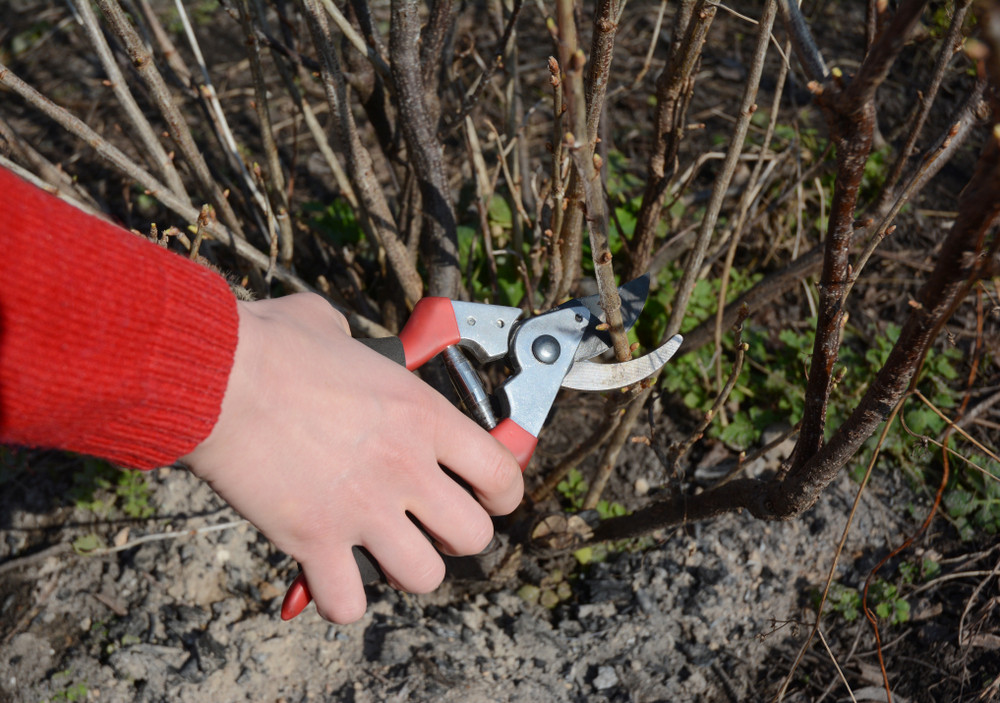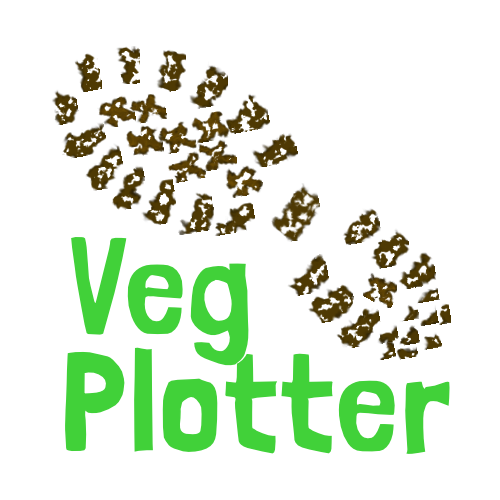Be Prepared - 5 Secrets to a Spectacular Spring Harvest

The first hard frost has arrived, and the allotment gates creak in the winter wind. Most have hung up their forks, dreaming of spring. But the savvy gardener knows a secret: winter isn't the end; it's the beginning.
The quiet, cold months are a 'secret season' for your plot. This is when the real groundwork is laid. Neglect it now, and you'll be playing catch-up in March. Embrace it, and you'll be harvesting while others are still weeding.
Forget a barren wasteland; picture a sleeping giant. Here are the top 5 ways to maintain your allotment over winter, transforming it into a powerhouse for the year ahead.
1. Tuck Your Soil into Bed (with a Living Blanket)
Your most valuable asset is your soil. Leaving it bare to the winter rain is like leaving a book out in a storm. The rain will wash away vital nutrients (a process called leaching) and batter its structure, leaving you with a compacted, muddy mess in spring.
The intriguing fix? Don't just cover it—feed it.
- Mulch: Apply a thick, 2-3 inch layer of well-rotted manure, garden compost, or leaf mould. This is the 'no-dig' gardener's secret weapon. Over winter, an army of earthworms will pull this organic matter down, doing all the digging for you, aerating the soil, and enriching it for spring planting.
- Green Manures: The ultimate living blanket. Sowing a "cover crop" like field beans (which fix nitrogen) or grazing rye (which breaks up heavy clay) protects the soil, suppresses weeds, and adds a huge boost of nutrients when you cut it down in spring.

2. The Great Winter Build
When was the last time you had a chance to tackle that big project? Summer is for sowing, growing, and harvesting. Winter is for building. With the beds clear and the foliage gone, you can finally see the 'bones' of your plot.
This is the perfect time to:
- Build those raised beds you've been dreaming of.
- Repair your shed roof or compost bins.
- Lay a proper, weed-free path (cardboard and woodchip is a fantastic, cheap option).
When the frantic energy of spring arrives, you'll be grateful you can focus on planting, not construction.
3. Go Digital with Your Plot Plan
Some of the most important gardening you'll do this winter will be from your sofa with a hot cup of tea. Spring is a whirlwind of activity, and a lack of planning leads to panic-buying, wasted seeds, and a chaotic plot.
Instead of scribbling on damp paper, use the quiet evenings to become a digital strategist. This is where a tool like VegPlotter becomes your secret weapon.
- Map it Out: Ditch the pen and paper. You can digitally lay out your entire allotment, adding your beds, paths, and shed to scale.
- Master Crop Rotation: The real magic is in the planning. VegPlotter makes crop rotation simple. You can easily see what was planted where last year and plan your new layout. It even helps you remember plant families (like brassicas, legumes, and roots) to ensure you're not planting the same things in the same spot—the single best way to prevent soil-borne diseases.
- Organise Your Seeds: Once you've planned your plot, you'll know exactly what seeds you need. Browse those catalogues and get your orders in. The best and most unusual varieties sell out long before spring.
A digitally-planned plot is a productive plot, and you'll have a clear, adaptable plan ready on your phone when spring arrives.
4. The Kindest Cut: Pruning for Profit
Winter is the time for tough love. While your fruit trees (apples, pears) and bushes (blackcurrants, gooseberries) are dormant, they are ready for their annual haircut.

It can be scary to start cutting, but the goal is simple:
- Remove the 3 D's: Anything Dead, Diseased, or Damaged.
- Open the Centre: Prune to create an open, goblet-like shape. This allows air and light to circulate, which drastically reduces the risk of fungal diseases and helps ripen the fruit.
- Boost Fruit: For currants, remove the oldest, darkest stems from the base to encourage vigorous new growth, as they fruit best on younger wood.
Your reward for this 30-minute task? A massive increase in the quality and quantity of your fruit next summer.
5. Give Your Tools Some TLC
Your tools are your partners. You've worked them hard all year, and now they're likely caked in mud and rusting in the shed. A rusty spade or blunt secateurs make for hard work.
Show them some love. On a wet afternoon, bring them inside:
- Clean: Scrape off all the caked-on mud.
- Sharpen: Use a whetstone or file to put a sharp, clean edge back on your spade, hoe, and secateurs. A sharp tool makes every job 50% easier.
- Oil: This is the most important step. Wipe all metal parts with an oily rag (linseed oil is traditional, but any general-purpose oil like 3-in-1 works). This prevents rust and keeps them pristine.
When you pick up that gleaming, sharp spade in spring, you'll feel like a professional ready for the season ahead.
Don't let your plot just survive the winter—make it thrive. A little effort now will pay you back tenfold, securing your reputation as the allotment holder who is always one step ahead.


